After a frustrating experience with cold, leaky windows and plastic sheeting, David Degling wanted to build a better interior window insert. After the wind ripped out the plastic, David made his own magnetic windows … but “those popped out on my head.”
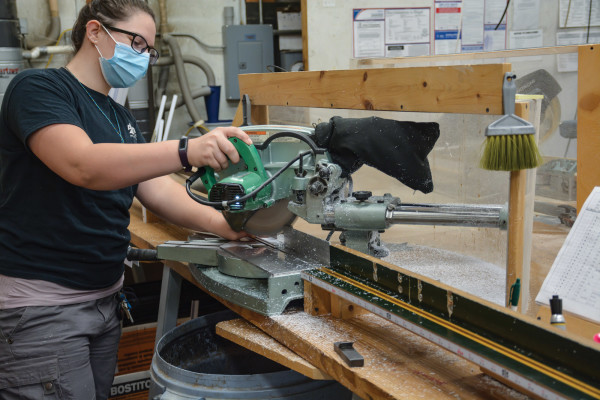
By profession a set designer, Audra Giuliano works the miter saw at the Innerglass Windows factory in Connecticut. Cutting and fitting tracks on glass windows requires precision and finesse.
Jim Polson

Kimber and David Degling have been making interior window inserts for 30 years.
Jim Polson
There had to be a better way, he figured, and signed on as the first franchisee of a company that would soon become Innerglass Window Systems. After the company’s founder died in an accident, Degling found himself in charge of the entire company. That was 30 years ago. He’s never looked back, but it was seven years before he gave up his day job as a driver for FedEx, which is where he meet his wife and business partner, Kimber.
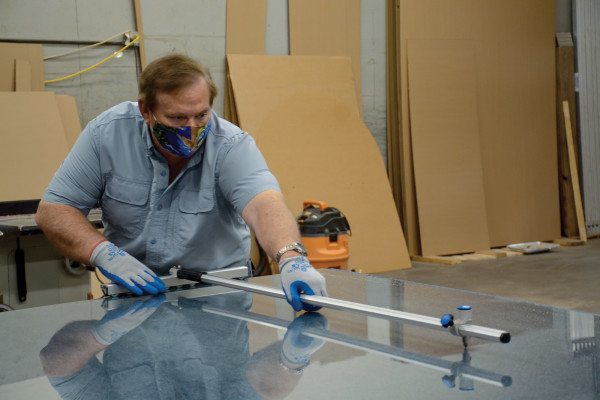
David Degling uses a glasscutter to score glass. When he lifts the glass up, the slight pressure causes the glass to break along the score line.
Jim Polson
Nearly invisible from inside—and visible from the outside only on close inspection—the typical Innerglass window insert is a single pane of glass encased on the edges by flexible, extruded vinyl tracks. (They also offer windows with lightweight acrylic glazing.) The adjustable tracks mount inside the stops of a window opening and are held in place by an invisible stainless-steel spring system that runs inside the track.
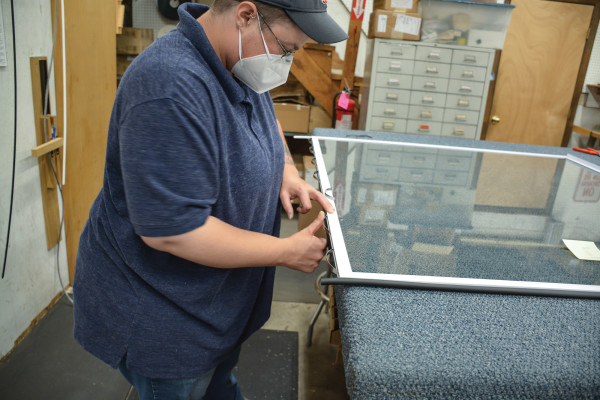
At Innerglass, Kris Earle carefully attaches springs to the edge of a window frame.
Jim Polson
Inserts are ideal for old windows that have lost their original storms/screens or never had any. Because the vinyl tracks have give, they adjust easily to windows that are out of square (and most are). The company based in Simsbury, Connecticut, also makes double-track versions that can open and close, and sliding panels. Since the tracks can accommodate insect screens in the warmer months, the inserts are especially well suited to older casement windows.
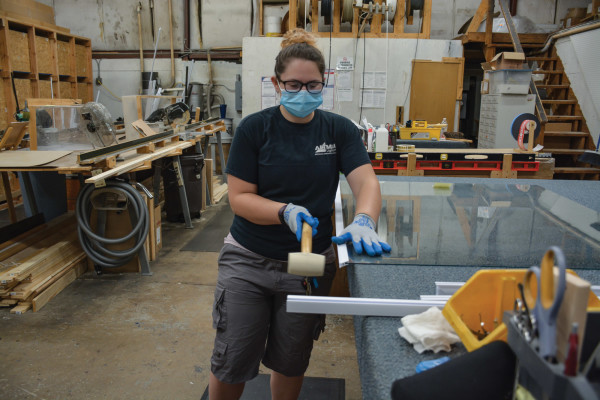
Giuliano gently taps a track in place. The tapping must be firm enough to get the glass all the way into the track; if there’s too much pressure, the glass could crack.
Jim Polson
Most of the windows made at Innerglass are ordered with a low-e coating to boost the R rating from 2.1 to 3.1. “That is the same as a new double-pane window,” Degling says. The inserts not only cut down on energy bills, but also make once-drafty rooms more comfortable. “And the soundproofing properties can make the house bank-vault quiet,” Kimber adds.
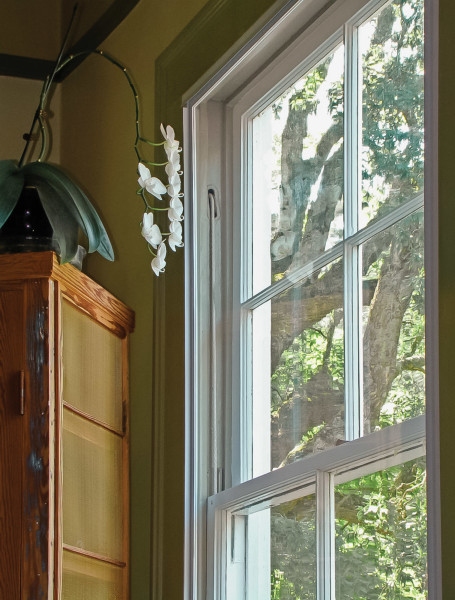
Nearly invisible, an Innerglass window fits tightly inside the inner frame of a double-hung window, creating a sound and air buffer. Installing the windows on the inside also prevents condensation.
Jim Polson
All windows are repairable; Degling keeps measurements of every window Innerglass has built on his computer. Best of all, interior inserts do not disturb the original windows. As David says: “You get to keep your history.”
Innerglass provides online instructions and worksheets to guide customers through the measuring process. If the window is as much as ½” out of square, that can be noted on the worksheet. They’ll make adjustments at no extra cost. “You really can keep the old window and stop heating the great outdoors.” —Kimber Degling







